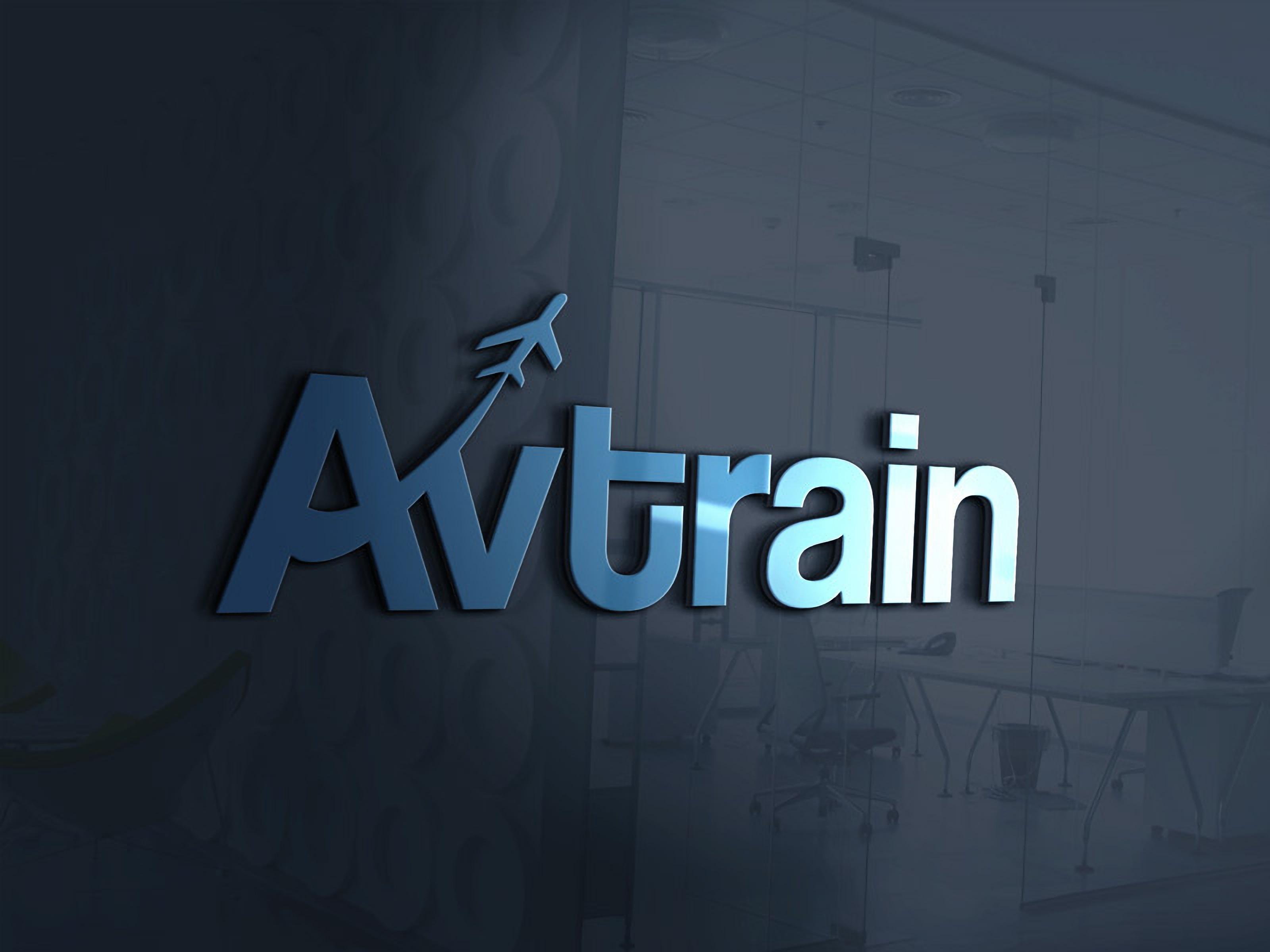
What is PDRA-S01? Your Comprehensive Guide.
PDRA-S01 is a Pre-Defined Risk Assessment (PDRA) for specific drone operations under EASA rules and regulations. When drone operations do not fit within the Open Category and fall out of Standard Scenarios (STS) but meet certain characteristics and conditions, a PDRA route might be an appropriate way to obtain Operational Authorisation.
PDRA-S01 is a PDRA derived from an STS-01 whose level of prescriptiveness is the same as that of the corresponding STS. Therefore, although PDRA-S01 addresses UAS operations subject to operational authorisation (to allow UAS without a class label), this PDRA is expected to provide an even more simplified authorisation process than Generic (non-STS-related) PDRAs.
PDRA-S01 can be used in the agricultural sector, short-range cargo operations, video production and photography, and similar UAS ConOps. This comprehensive guide will walk you through the key aspects of PDRA-S01, which are essential for drone pilots and operators to understand if this scenario suits their drone operations.
Operational Characteristics
Level of Human Intervention
PDRA-S01 requires a high level of human control:
- No autonomous operations are allowed.
- Remote pilots must maintain control of the UA at all times.
- Only one UA can be operated per pilot.
- Operations from moving vehicles are prohibited.
- Control handover to another command unit is not permitted.
UA Range Limitations
- UA must always be maintained within visual line of sight (VLOS).
- Operations must be conducted over controlled ground areas.
- For tethered UA operations, the controlled ground area should have a radius equal to the tether length plus 5 meters.
Overflown Areas and UA Limitations
- Operations can be conducted in populated and built-up areas.
- Maximum UA dimension: 3 meters
Flight Parameters
Height and Airspace Restrictions
- The maximum height is limited to 150 meters from the closest point of Earth's surface. However, operations at heights between 120 and 150 meters require additional risk mitigation and training.
- When flying within a 50-meter horizontal distance, UAS max height may be increased up to 15 meters above artificial obstacles taller than 105 meters.
- Operations in controlled airspace require prior coordination and flight authorisation.
- Operations in uncontrolled airspace may have limitations set by Member States.
Visibility and Other Considerations
- Flight visibility must allow the remote pilot to conduct the entire flight in VLOS
- UA must not be used to carry dangerous goods, with exceptions for agricultural, horticultural, or forestry activities
Operational Risk Classification Limits
- Final Ground Risk Class (GRC): 3
- Residual Air Risk Class (ARC): ARC-b
- Specific Assurance and Integrity Level (SAIL): II
Operational Mitigations
Operational Volume
- UAS operators must define the operational volume, including flight geography and contingency volume
- Contingency volume should extend at least 10 meters beyond the flight geography limits for untethered UA.
- When defining operational volume, position-keeping capabilities must be considered in 4D space (latitude, longitude, height, and time).
Ground Risk Buffer
- Ground risk buffer minimum distances vary based on maximum operational height (10/30/60/90/120/150m AGL) and MTOM (below/above 10kg).
- Ground Risk Buffer implementation should always consider the "1:1 rule".
Air Risk
- If the UAS operation is performed above 120 m and up to 150 m, the UAS operator must:
- establish an air risk buffer to protect third parties in the air outside the operational volume, and
- if the air risk buffer is part of controlled airspace, coordinate the operation with the respective ANSP;
- develop appropriate procedures not to jeopardise other airspace users.
UAS Operator and Operations Conditions
UAS operators must:
- Develop a comprehensive operations manual.
- Implement security and data protection measures.
- Create guidelines to minimise nuisance.
- Develop and validate an Emergency Response Plan (ERP)
- Ensure adequacy of contingency and emergency procedures.
Ground Operations
- Ensure the controlled ground area is in place and effective before starting operations.
- Inform all persons in the controlled ground area about operation risks.
- Brief or train all persons on safety precautions and measures.
- Obtain explicit agreement from all participants.
Airspace Coordination
- Communication methods must be established with airspace authorities for operations in controlled airspace.
- Designate personnel responsible for this communication.
Record Keeping
- Maintain records of UAS operations for at least 3 years.
- Document any unusual technical or operational occurrences.
Personnel Requirements
Remote Pilot Qualifications
- Hold a "Remote Pilot Certificate of Theoretical Knowledge for STSs" or equivalent.
- Complete practical skills training and assessment.
- For operations between 120-150m, undergo additional theoretical knowledge training.
Remote Pilot Responsibilities
- Verify that UA flight termination and remote identification systems are operational.
- Authority to cancel or delay flights for safety reasons
- Familiarity with UAS manufacturer instructions
- Ensuring UAS is in safe condition before flight
Training and Fitness
- Competency-based theoretical and practical training for all personnel.
- Maintained training records.
- Fitness declarations before operations.
Technical Conditions
UAS Specifications
- A Class C3 or C5 UAS identification label is not required.
- UAS is powered by electricity.
Containment Requirements
- Enhanced containment requirement.
- No probable failure should lead to operation outside the operational volume.
- Design should reasonably prevent fatalities due to any probable failure.
Special Requirements for Spraying
- UA is designed to avoid the accidental release of substances
- Means for remote pilot to immediately stop spraying in emergencies
Contact Us Today
Understanding and implementing PDRA-S01 requirements is crucial for safe and compliant drone operations. As a highly experienced consultancy and training provider for drone pilots and operators, we offer comprehensive courses and expert guidance to help you navigate these complex regulations. Don't let complex regulations ground your operations – contact us today to elevate your drone piloting skills and ensure full compliance with PDRA-S01 and other essential regulations.
Further Reading:
Want to learn about the Courses and Services Avtrain can provide?
Learn more about Standard Scenario STS-01 for VLOS operations.
March 10, 2025